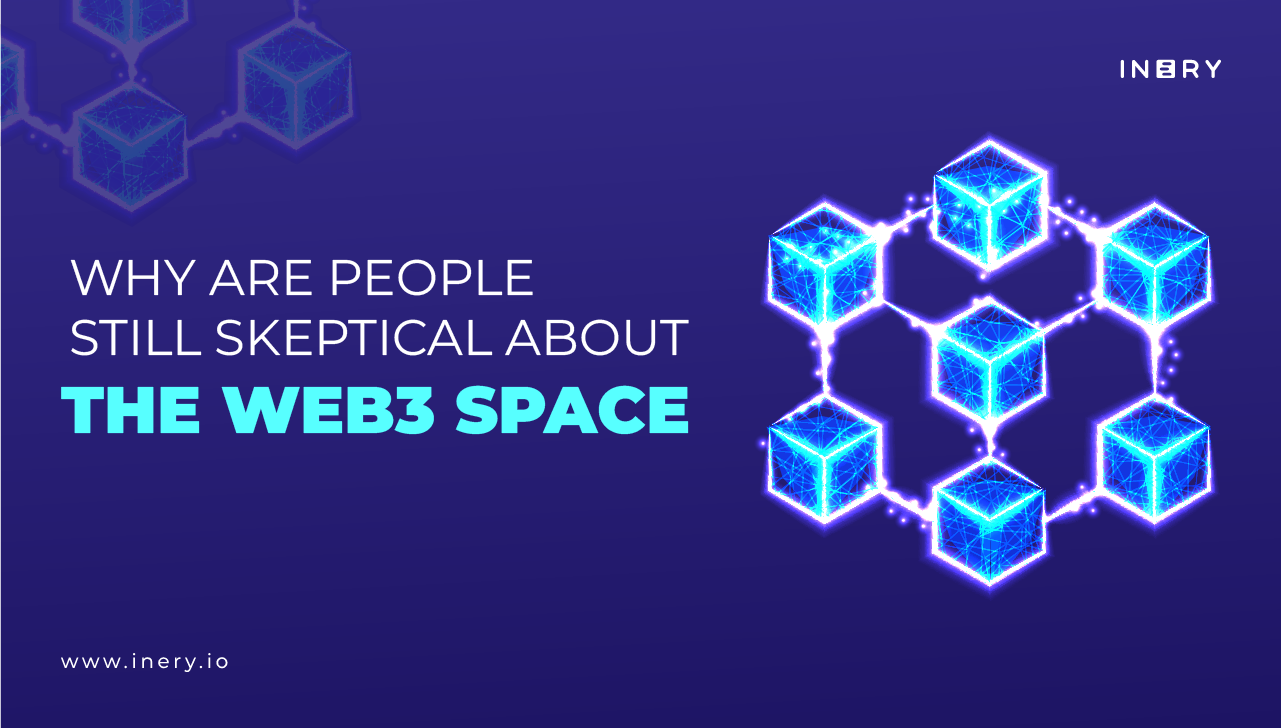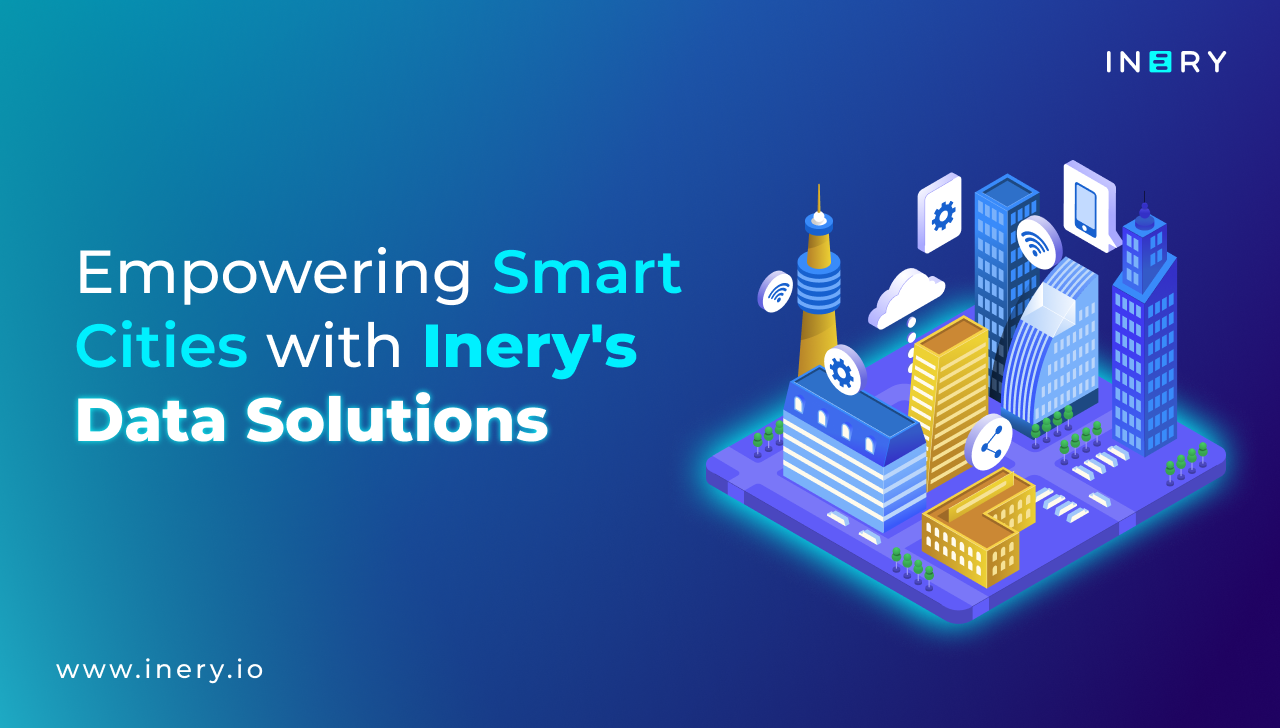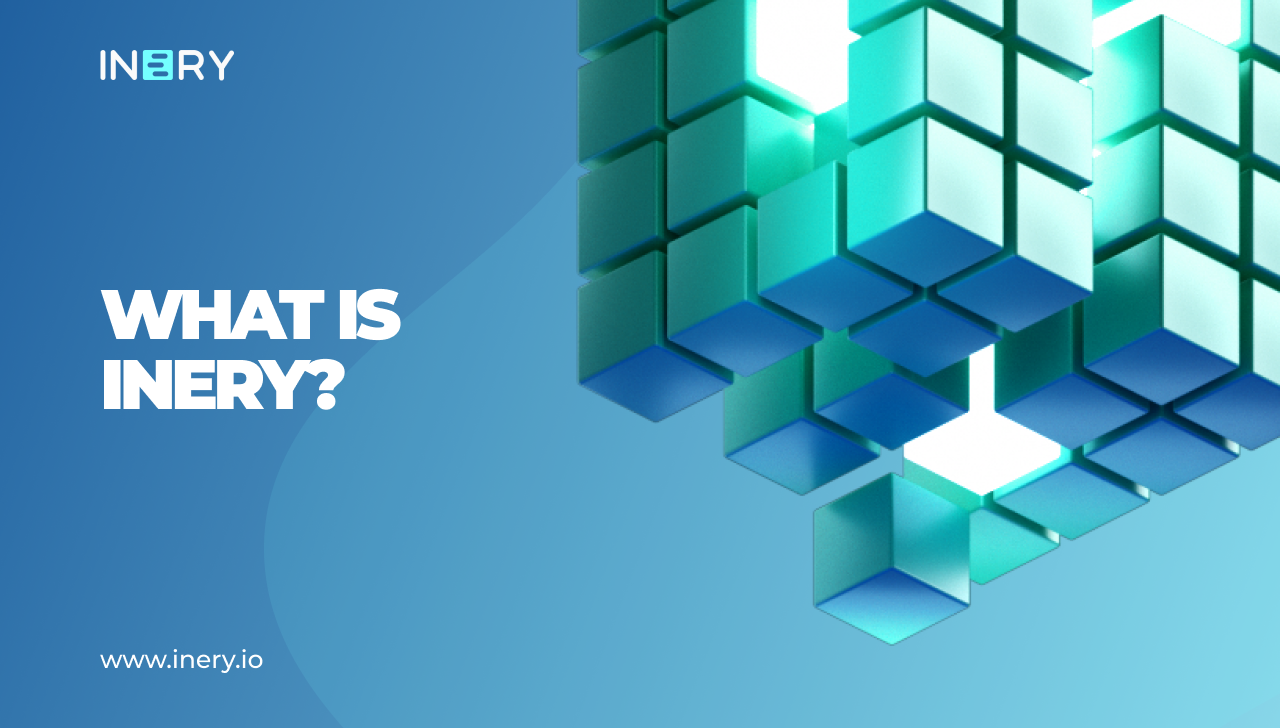Despite decentralization becoming a more popular concept, Web3 still faces plenty of skepticism. For every diehard Web3 advocate, you’ll find (at least) one naysayer pushing back on the former’s lofty claims.
To be clear, calling Web3 perfect right out of the box is optimistic at best. But much of the skepticism seen today comes from a place of bias or misunderstanding. Of course, there are perfectly valid criticisms of these ideas, too. So let’s try to untangle the reasonable ones from those based on fear or ignorance.
Association With the Bad Side of Crypto
In the face of multiple crypto scares, ranging from Bitcoin dips to rug pulls, the average person’s image of Web3 looks more like a scam than anything else. News such as the FTX meltdown only exacerbates such suspicions. Bitcoin’s infamous energy-guzzling only worsens the impression of blockchain solutions in the eyes of the public.
There’s also the issue of extreme price volatility. It’s attractive to investors looking to buy low and sell high, but volatility doesn’t inspire confidence in people that don’t want their money’s purchasing power to tank overnight.
These fiascos shouldn’t become the poster child of Web3 as a whole. They occupy the headlines, but they don’t accurately represent the whole of the decentralized movement—especially as new developments fix existing problems.
Growing Pains of an Immature Technology
Blockchain technology is still relatively new. Expertise is scarce, and case studies are still too nascent to yield actionable wisdom for sustainable Web3 space growth.
As such, decentralized services aren’t as streamlined as their Web2 counterparts. For example, a single ETH or ERC-20 transaction may take anywhere from a few minutes to a few hours to finalize. Ethereum’s throughput capability is around 30 transactions per second (TPS), so the odds of congestion are considerable.
Slow service isn’t the only problem, though. In such a code-dependent ecosystem, lacking knowledge of good practices and few experienced developers creates a precarious situation. After all, a poorly-constructed smart contract has the potential to irreversibly lock assets worth a fortune. Gaining user trust in that kind of environment is difficult, to say the least.
The Decentralized Monopoly
Web3 famously touts the principle of decentralization. Every member of the Web3 landscape is in charge of their digital identity, no longer reliant on centralized authorities to facilitate and monitor interactions. Therefore, the Web3 user should be shielded from the misdealings of others.
It’s strange, then, that technology built around this idea is so prone to monopolization by walled gardens. Bitcoin mining pools demonstrate this neatly: the three biggest pools are responsible for almost 70% of the blockchain’s total hash rate. A more pertinent example is the now-defunct FTX exchange, to whom more than five million people entrusted their tokens. The average Web3 surfer has little to no control over the whims or mishaps of such massive stakeholders.
The Role of Personal Responsibility in Decentralization
In a decentralized setting, the user takes on more responsibility for their digital dealings. We have greater autonomy over our personal data, but we also shoulder the burden of keeping that data safe. To a culture accustomed to third parties safeguarding their personal info, this is a radical, and possibly frightening, change.
Solutions to Web3 Anxiety: Education and Development
Web3 has its share of hurdles as it moves toward the goal of massive adoption. However, most of them are surmountable with reasonable effort. Time will allow experts and thought leaders to create innovations and educate the public, making Web3 solutions more robust and accessible.
Education
Education about blockchains, cryptocurrency, and Web3, in general, will go a long way toward dispelling the many negative stereotypes of this ecosystem. With greater understanding comes greater confidence, so the FUD (Fear, Uncertainty, Doubt) factor should dissipate given enough learning.
However, it’s crucial to offer a realistic picture of what these technologies can do. Due to current limitations, the blockchain isn’t optimal for storing transient data, but it’s great for vital data like ID credentials. It isn’t a one-size-fits-all solution, so it shouldn’t be treated as such. Thanks to a balanced perspective, Web3 will have a realistic, result-oriented community.
Development
Many of Web3’s issues are fixable through technological improvements. For instance, blockchain energy consumption has become much more sustainable. Bitcoin’s massive energy output is due to its Proof of Work (PoW) consensus mechanism, but more and more blockchains are making use of Proof of Stake (PoS) protocols. PoS only requires staking a portion of assets as proof of investment in the network’s safety, which is much less power-demanding than solving ridiculously difficult equations.
The aforementioned problem with transaction speed on the Ethereum network also has a pending solution. Ethereum 2.0, scheduled to be fully rolled out in 2024, should be able to handle 20,000 transactions per second, which is a drastic improvement.
Breakthroughs such as these will also help in dispelling the bigger blotches on Web3’s reputation. After all, Bitcoin expending energy equal to or greater than Norway/Argentina/Australia/insert-country-here is a top-five Bitcoin trivia question. Trumping this widely known crypto issue will help endear Web3 to the public.
Inery: Demonstrating the Power and Utility of Web3 Applications
It’s clear that Web3 needs more ambassadors to prove its usefulness. With this goal in mind, Inery offers a sustainable, utility-oriented product for a decentralized future.
IneryDBMS, a layer-1 blockchain data management solution, harnesses the power of decentralization to provide safe data management without third-party meddling. Not only that, but it also addresses common weak points of the blockchain, such as poor transaction speed and energy costs. Using the revolutionary Self-Delegated Proof of Stake (SDPoS) protocol, IneryDBMS facilitates cost-efficient transactions with a throughput of 10,000 TPS.
Inery’s blockchain architecture has undergone rigorous testing, ensuring next to no operational difficulties. The cooperation between experienced blockchain devs and 10,000 testnet node holders resulted in a reliable and maintainable solution.
The use of IneryDBMS is simplified due to our user-friendly GUI that empowers laypersons to control their data with confidence.
Moreover, Inery’s blockchain solution provides a concrete utility for decentralized technology. It’s an effective, cheaper, and more secure alternative to legacy database management tools. As such, it shows the blockchain has use outside of crypto and DeFi.
Perhaps most important of all, the Inery blockchain demonstrates that Web3 has so much more to offer. Constructed with forethought and utility in mind, IneryDB lets you take the first step toward a decentralized future.
So take a quantum data leap with Inery, and experience the pure power of decentralization in a sustainable, highly secure, and cost-effective way!

Inery•
1 year ago
This Week in Web3 – October 17th Edition
Check out all the important events and news in the web3 space. ...READ MORE
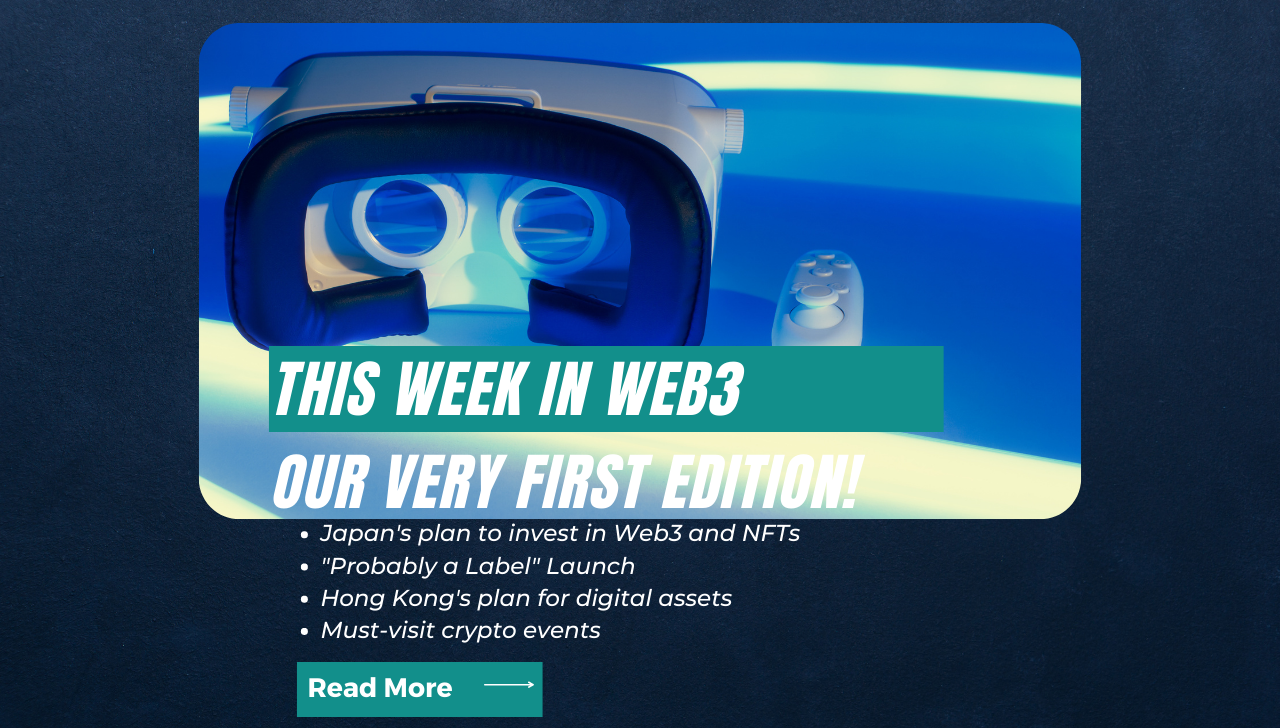
Share

Inery•
1 month ago
Data Sovereignty: Why It Matters and How Blockchain Can Help
Explore the profound impact of data sovereignty on privacy, security, and global data governance, and discover how blockchain technology offers innovative solutions to these challenges. ...READ MORE
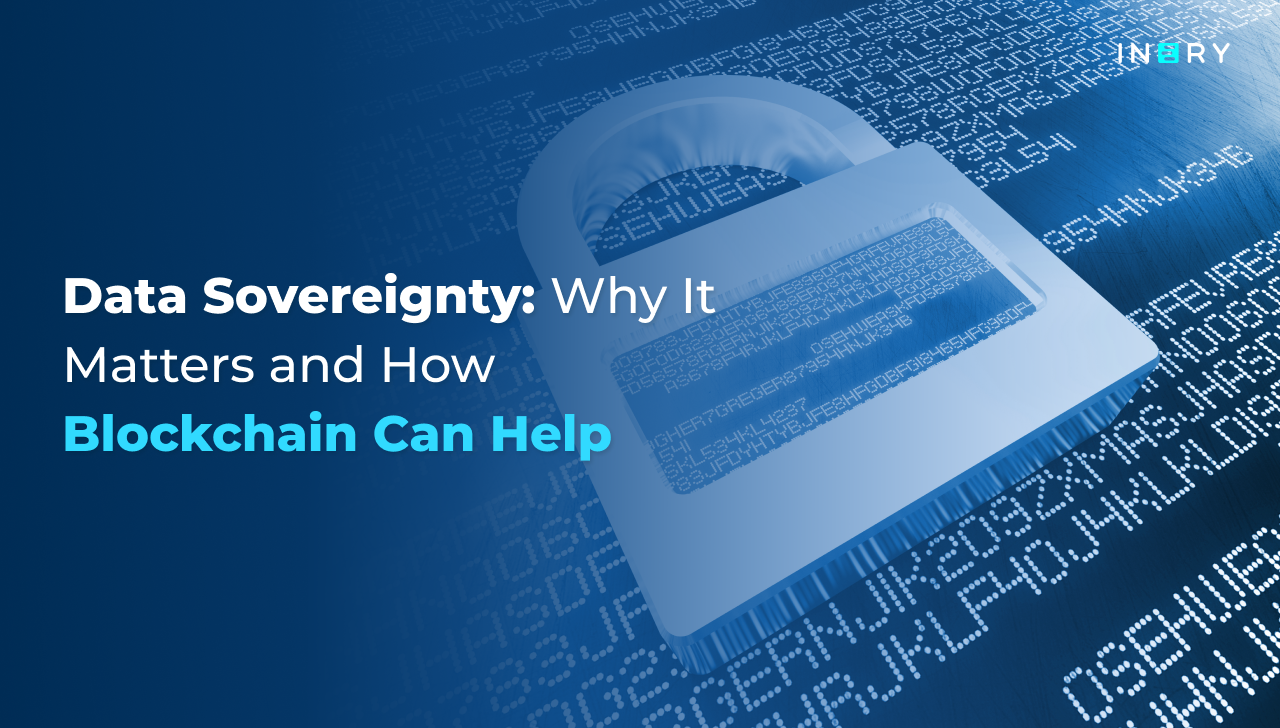
Share

Inery•
2 years ago
Our Vision for Data: Take Control Over What is Yours
Gain the power to decide who can see your information, access or even monetize. ...READ MORE
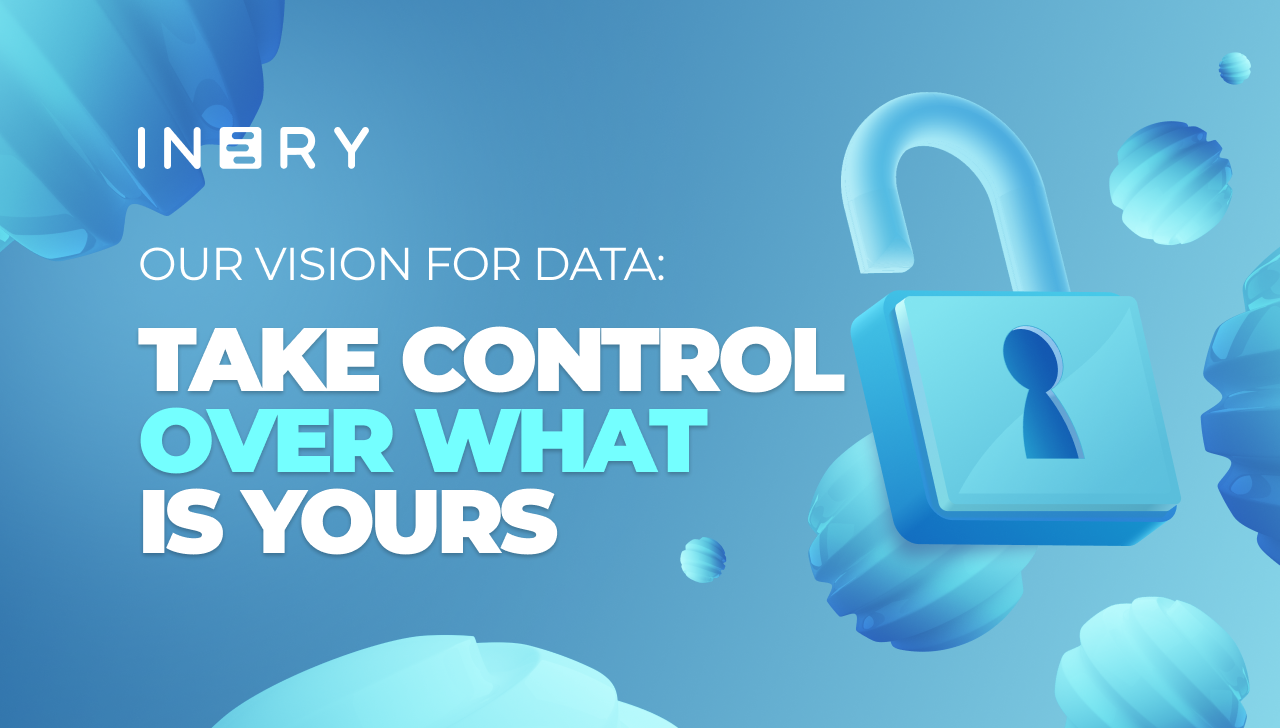
Share

Inery•
9 months ago
Unmasking Single Points of Failure: Vulnerabilities in Centralized Databases
Explore the hidden risks and real-world consequences of single points of failure in our latest blog. Learn how to safeguard your systems and ensure uninterrupted operations. ...READ MORE
-1697699665.png)
Share
Most popular today

